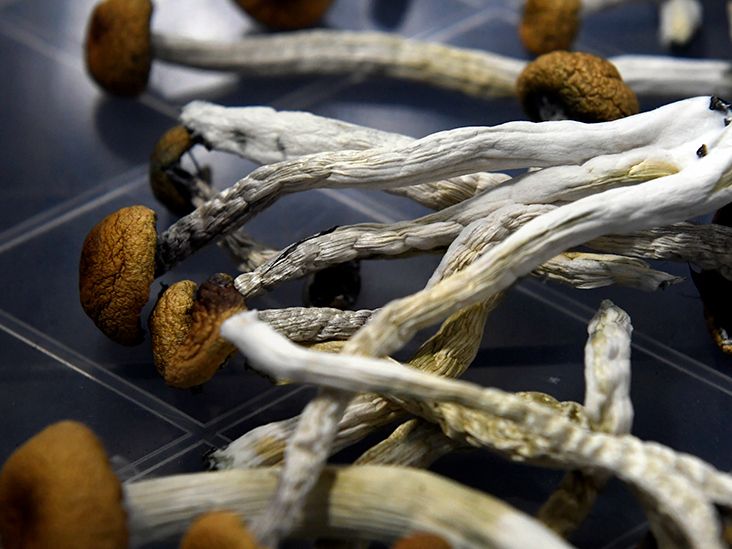As student-athletes return to the fall and athletic seasons, the safety of both the athletes and their families at games is a top priority.
OhioHealth hosted a sports medicine simulation training at Worthington Christian High School on August 31st. The OhioHealth Sports Medicine team, along with the OhioHealth Simulation team, trained family medicine residents and school faculty who will provide sideline care during the games. The combined teams worked with a medical manikin and two actors to show what can happen if someone has a spinal cord injury, a concussion or if someone goes into cardiac arrest.
“The biggest part of modeling is learning to work as a team,” said OhioHealth Athletic Trainer Amanda Maskal. “And it’s important to communicate with everyone properly because we want everything to run smoothly and smoothly to make sure the patient is being cared for properly.”
OhioHealth Simulation team members can monitor the mannequin’s every breath, sound, and create various scenarios inside the body that could occur during a medical crisis.
The dummy used in the training was placed in the stands and programmed to go into cardiac arrest.
“He’ll moan a little bit, and his family member who’s here with him will say he needs help, and based on what our students are doing, he’ll be able to respond accordingly,” emergency room physician Brad Gable said. medical director of the OhioHealth Simulation team.
During practice, the two actors demonstrated the types of injuries that student-athletes can sustain on the field. Part of that training is to get them off the field for pre-treatment.
“They learn the anatomy of the helmet, the anatomy of the shoulder pads, learn how to properly remove and hold the spine and remove the shoulder pads at the same time,” Maskal said.
Most high schools in the Columbus area employ athletic trainers or contract with the health system to provide medical coverage during athletic events, Maskal said.
“At college football games, there will likely be at least one athletic trainer and one doctor on the sideline,” Maskal continues.
For competitive sports, Dr. Gable recommends the following:
- Know Your Surroundings – In any major event, know where emergency resources such as AED, nurse/medic/instructor/aid stations are located.
- Get help – Use the above resources and call for help early, call 911, or use local protocols that may be faster (delivering event personnel to emergency services may allow them to use back channels/resources that have been identified in advance.
- Know when to get out of the way – when people with more experience come in, ask them what they need, then step back and let them do their job.
You can view the full story by clicking on the Ohio 24/7 logo below.
'); ppLoadLater.placeholderFBSDK = ppLoadLater.placeholderFBSDK.join("n");
https://newsroom.ohiohealth.com/ohiohealth-holds-sports-medicine-simulation-training-for-school-athletic-sports-events/



